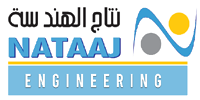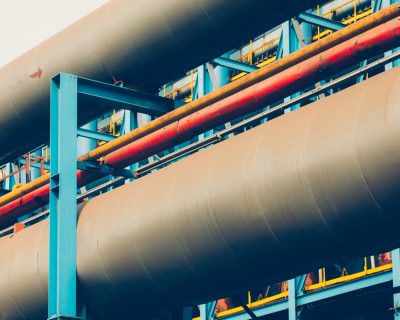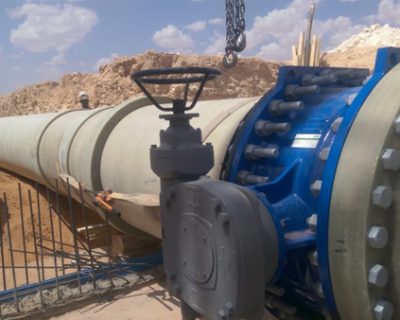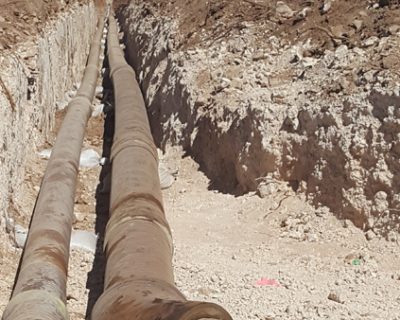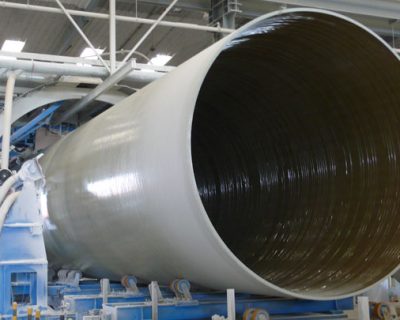Blog
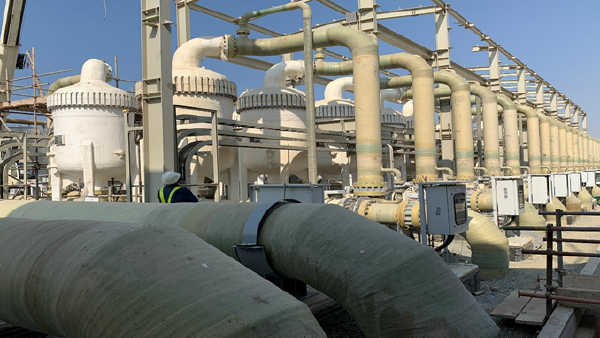
The Next Frontier: Exploring Research and Development Trends in GRP/FRP Piping Technology
In recent years, there has been an increasing focus on investigating the emerging research and development trends in GRP/FRP piping systems. These innovative materials have revolutionized various industries such as oil and gas, chemical processing, water treatment, and infrastructure. With their exceptional properties including high strength-to-weight ratio, corrosion resistance, and durability, GRP/FRP pipes offer numerous advantages over traditional piping materials like steel or concrete.
One of the key areas of research and development in GR/FRP piping systems is focused on improving their mechanical properties. While these materials already possess impressive strength-to-weight ratios, researchers are constantly looking for ways to further enhance their structural integrity. This involves studying the behavior of GRP/FRP pipes under different loading conditions and developing new manufacturing techniques that can optimize their performance.
Another important area of research and development in GRP/FRP piping systems is centered around improving their resistance to corrosion. Corrosion can be a major issue in industries that deal with aggressive chemicals or harsh environments, leading to frequent maintenance and replacement of traditional piping materials. Researchers are working on developing new formulations of resins and reinforcements that can provide even greater resistance to corrosion, ensuring the longevity of GRP/FRP pipes in challenging conditions.
In addition to mechanical properties and corrosion resistance, researchers are also exploring ways to improve the fire performance of GRP/FRP pipes. Fire safety is a critical consideration in many industries, especially those involving flammable substances or high temperatures. By studying the behavior of these materials under fire conditions, researchers aim to develop new additives or coatings that can enhance their fire-retardant properties without compromising other desirable characteristics.
Furthermore, there is ongoing research into optimizing the manufacturing process for GRP/FRP pipes. Currently, these pipes are typically made through filament winding or hand lay-up techniques. However, researchers are investigating alternative methods such as pultrusion or injection molding that could potentially increase production efficiency and reduce costs while maintaining high-quality standards.
Another frontier being explored is the integration of smart technologies into GRP/FRP piping systems. This includes incorporating
sensors and monitoring systems into the pipes to enable real-time data collection and analysis.
Hold your breath for the unbelievable changes in the GRP/FRP piping industry in the near future.

